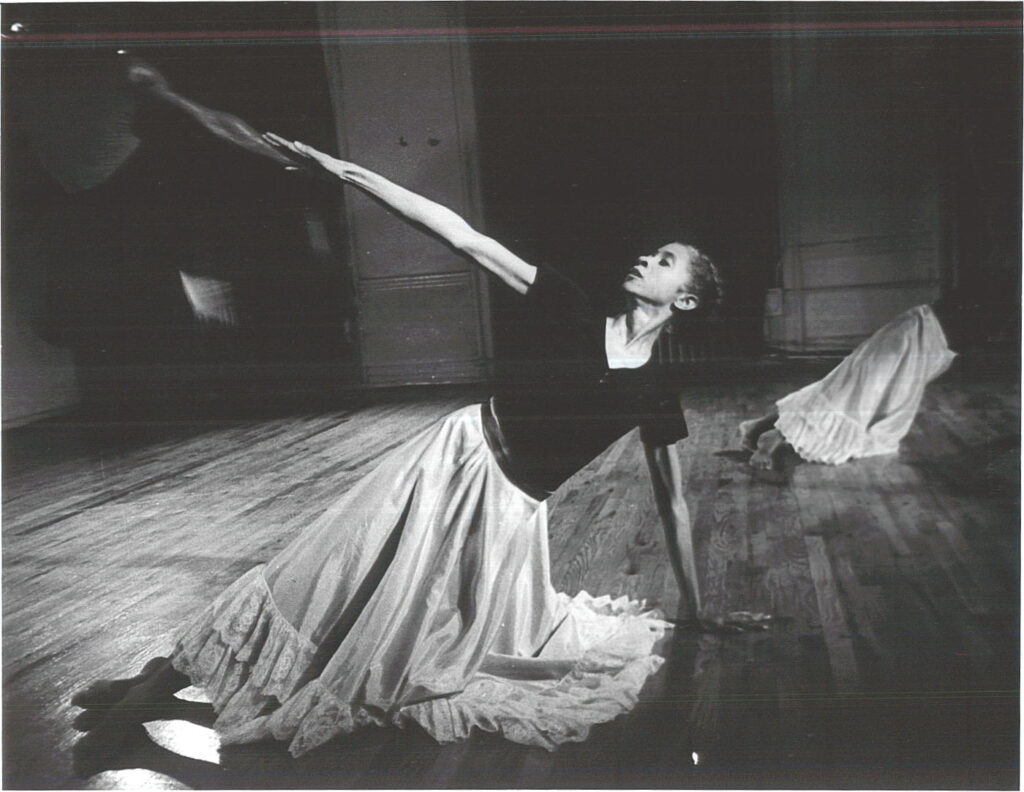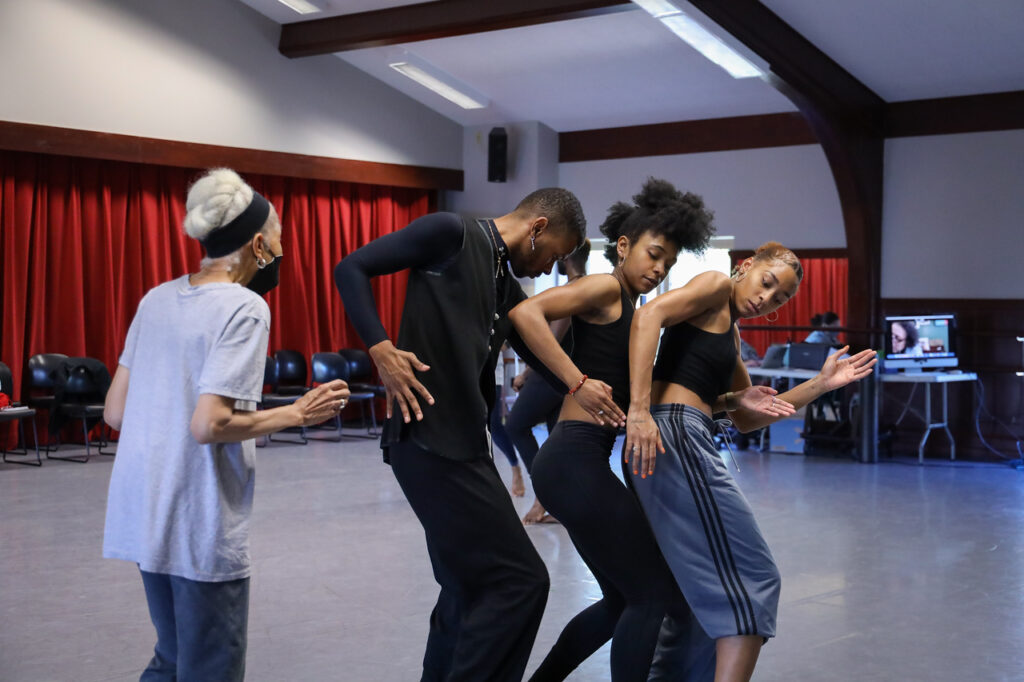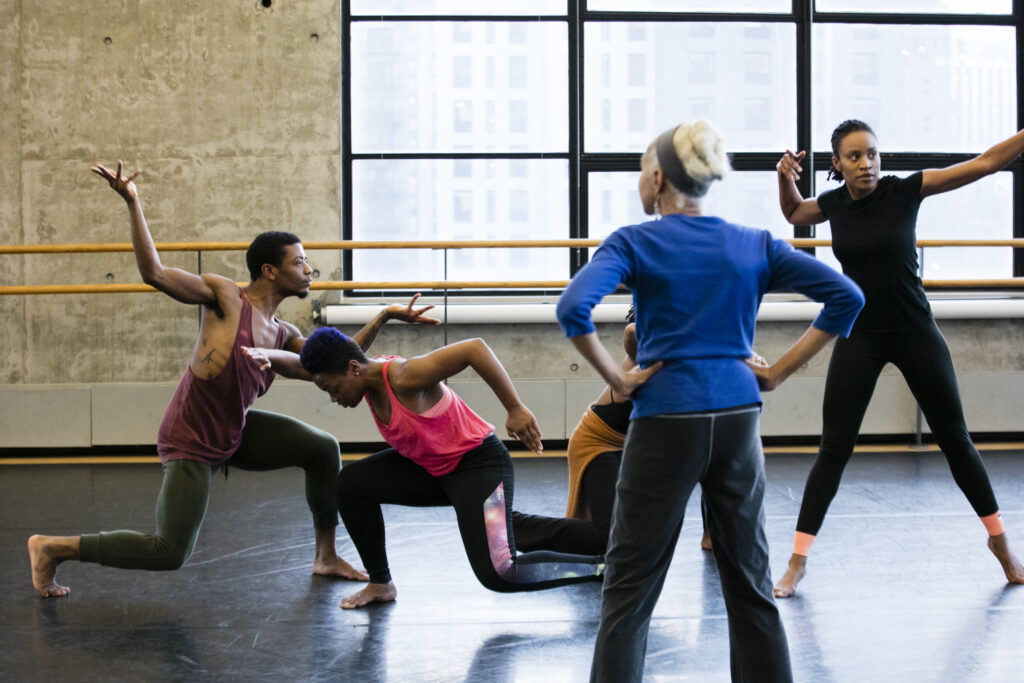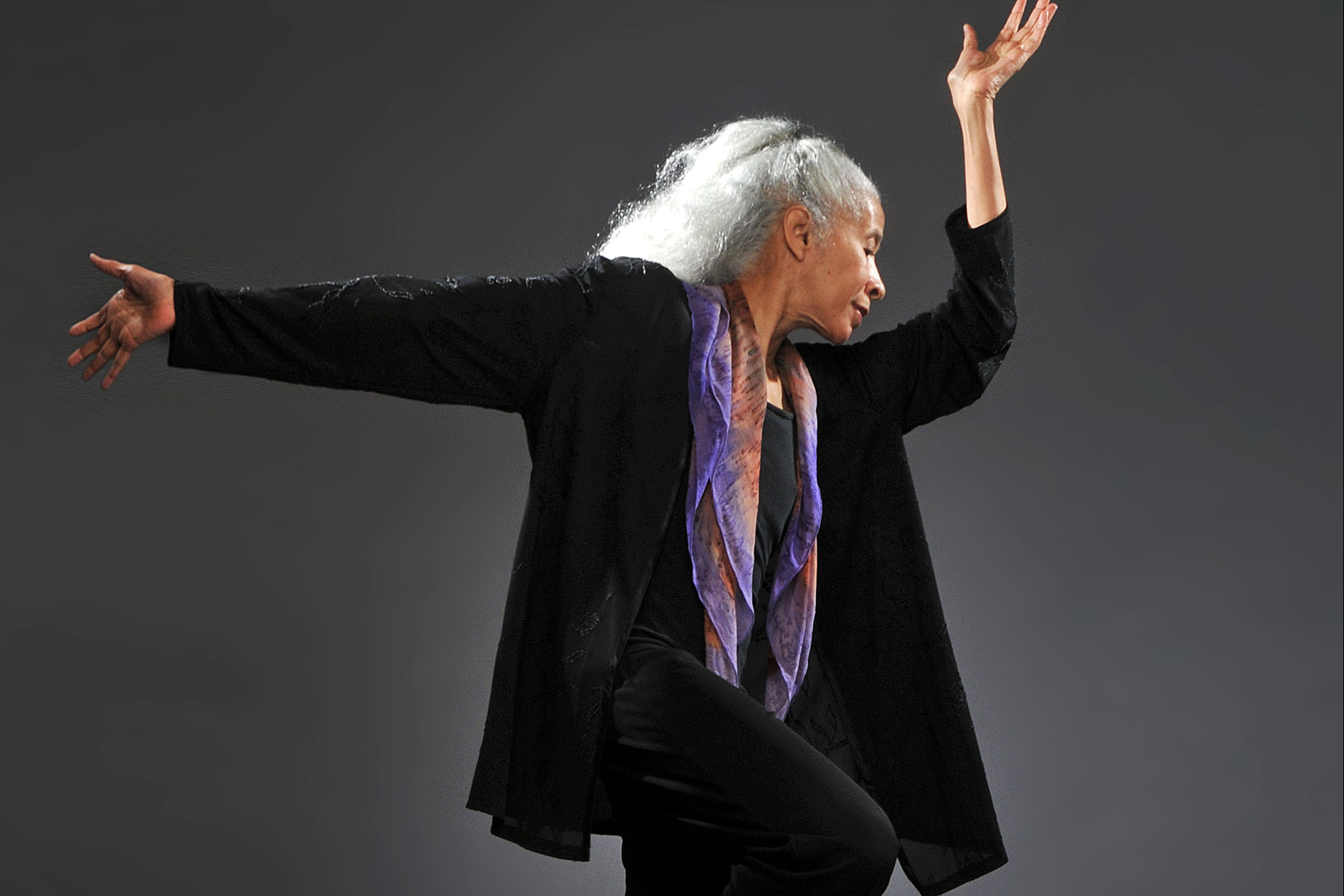We talked to Dianne McIntyre, a renowned modern dancer, choreographer and director, about how she continues to be a trailblazer at a later age, and why you can be modern at any ages.
Dianne McIntyre is a well-established figure in the world of modern dance, having dedicated her career to dance for over five decades. At 76 years old, she remains passionate about her work and continues to receive recognition for her contributions.
Your dance journey started at the age of four, and you even choreographed your first piece at seven years old. Since then, you have remained dedicated to the world of dance without ever looking back. What fuels your deep passion for modern and contemporary dance?
Modern dance allows people to express themselves in their own style, even if they learned a certain technique in ballet or any other style of dance. When you’re a choreographer, even a young one, you’re encouraged to develop movements that come from within yourself. Modern dance encourages us to be innovative and each dancer tries to invent their own particular style. I’m in the world of newness and it keeps me developing something new.
Why do you think that modern, contemporary, or innovative ideas are not commonly associated with older people?
On the one hand, people tend to think: “Oh, that person’s work is from another time” or “that person’s work is old-fashioned”. But also, it is an old way of thinking that after artists have created great work, they need to take a break, lay back, sit on their porch, go on vacations and drink piña coladas. I believe that if you have art in your heart, you have the fire of creativity. You don’t want to lay back. For me, I have continued to try to see what I can do that’s even more wonderful than the work I’ve done before.

“I believe that if you have art in your heart, you have the fire of creativity. You don’t want to lay back.”
Paul Taylor is one of my favourite choreographers. During an interview, I remember him saying that he had not created his masterwork yet. He was in his 80s when he said that. So for me, when I look at dance, but also visual art and music, I see so many new ideas coming from people who are very established. The reason they’re brilliant artists is because they keep reaching for something new. Look at Picasso or American dancer Katherine Dunham– young people would still admire them because you would never know what’s around the corner.
Can you tell us a bit more about your own inspiration for creating newness?
It can come from a certain sound that the music makes. I’ll be like, whoa, I haven’t heard a sound like that, let me see what kind of movement comes from that! Or dancers come into a rehearsal with certain ideas and I’m like, whoa, I had in mind for you to do this, but you are doing something completely different. It keeps me into the freshness of what the dance can be. The other thing that inspires me is what I see happening around me. These can be small things, or big political things. It can be something I’ve read in a book or online, or something I saw in nature that’s just so glorious and beautiful that it just grabs me.
In your view, do you believe that your age can bring unique advantages or benefits when it comes to creating new artistic works?
Certainly! I can look back and see some paths I have taken to create work and say, well, I could have done that better. I can look back on the whole history of my own dance and learn from that. At my age, I have the opportunity to even excel from what I’ve done in the past. The other gift of age is that I have seen a whole history of dance in person. I’ve seen it from my childhood all the way through this period. And some things from the past, that younger people have never seen, are so inspiring to me. Young people might see it online, but dance is an art form that happens when you see it live. Music can be recorded and sound so much like it sounded live. However, video recordings of dance have a flatness to it that doesn’t show the power and the nuances that you see live. I have had the good fortune to see so much dance throughout my life, and that will always stay with me.

“I look back on the whole history of my own dance and learn from that. At my age, I have the opportunity to even excel from what I’ve done in the past.”
As you’re ageing, have you encountered any particular challenges or obstacles that affect your work?
When I was in my 40s, or maybe my late 30s, somebody wrote an article saying “Dianne McIntyre is still dancing and performing”, and I thought: Still? What? I haven’t even started yet! You see, physical challenges are a given. Not only when it comes to dancing or teaching, but also in terms of the practicalities. When I was a younger artist, I could run around, take 15 costumes then ride on the subway, and have a rehearsal. Those things make me tired now, but there are people who can also help me with that too.
As a choreographer, it can be challenging when I try to articulate my own way of moving onto another dancer. The dancers might jump higher, do more turns or fall flat on the floor, which I can no longer do. Even though I feel what that movement looks like, it doesn’t look like that on them. It has to do with the limitations that I have in my own physicality, but it can become something new which can also be inspiring to see.
“When I was in my 30’s or 40’s somebody wrote an article saying “Dianne McIntyre is still dancing and performing”, and I thought: Still? I haven’t even started yet!”
And how is that when you’re performing as a dancer yourself?
When I’m doing those improvisational things by myself, there are some things that I would’ve done in the past that I can’t anymore because they would cause a strain or they just don’t feel comfortable. However, the style that I’m moving in is still my own particular type of expression. The people over the last several years who’ve invited me to perform either with the group or by myself don’t think about my age. They asked me to perform, just to perform. People are just like, oh, wow, Dianne McIntyre is performing.

It’s very clear that you still have a lot of passion and discipline for the work that you do. What inspires you to keep going?
Well first of all, I just always loved to dance. When I am absent from dance for even a week, I’m not completely myself. But when I’m dancing, my head is clear, I can move forward, I can move mountains. The other thing is that I know other older people who do the same thing, I’m very inspired by talking to my other arts friends. Older colleagues who are writers, dancers, musicians are my role models. Like, oh, if they’re doing it, so can I.
For older artists who wish to challenge the stereotypes surrounding older individuals and ageing, what advice would you offer to them?
You can’t think less of yourself because you’re a person of age. You can be aware of the changes that are happening, but stay with your own voice. I don’t think of myself as a person of age. Do not try to change, don’t be shy, and don’t try to be young. Try to be different, be yourself, push that and people will respect you for that. And it’s very important to get assistance! You have to get support that you didn’t necessarily need when you were younger, but it can be that extra bit of help as you push against that stereotype.
If you want to learn more about Dianne’s career and her work, you can find more information on her website, DianneMcIntyre.com.


No Comments.